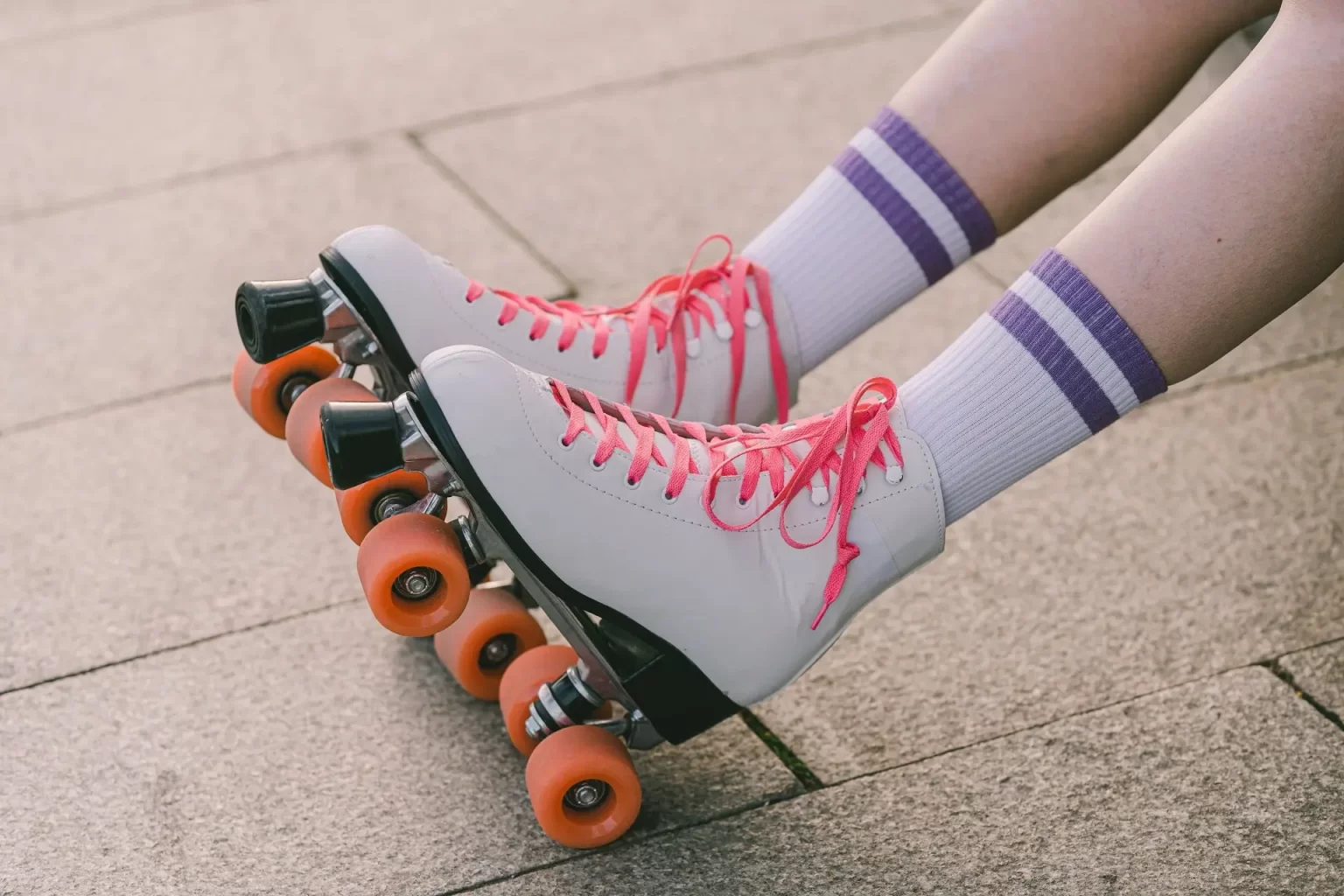There’s nothing better than putting your body out of the inertia of a sedentary lifestyle and still feeling like you’re playing a game choose your skates. Roller skating, in addition to being a great aerobic exercise and bringing all the benefits of this category, is also a very playful physical activity, which takes us back to childhood.
Skating also helps to tone the muscles of the calves, thighs, abdomen, and butt, without causing major impacts on the joints, as happens when running, for example.
History
Although quad (or four-wheeled) skates are known to many people as traditional skates, in-line skates were created before. The first known skates date back to 1760, created by Belgian inventor John Joseph Merlin. Skates were first patented in 1819, in France, by M. Petitbled. The accessory had three wheels in a row. sports
Here are some tips for choosing your skates:
Quad or inline
The first decision you need to make when choosing your skates is which type you choose. Quad or four-wheel skates are best suited for walking and recreation. Although it seems more stable, this type of skate has a lower center of gravity, as the wheels are located right under the boot, and can cause more backward imbalance in beginners. This type of skate actually has more stability, but only on the sides, which makes it difficult to perform radical maneuvers.
Inline shoes usually have wheels that go over the heel and toes, so it’s easier to balance, and the boots are more reinforced, which protects the ankle.
Activity
Skates can be classified according to their use. There are four main ones. Recreational skates are the simplest, they usually have a plastic chassis (base where the wheels are attached) and nylon boots. Touring or fitness skates have larger wheels and are more suitable for long distances and a little more speed. The so-called street skates are heavier and have smaller wheels, ideal for doing radical maneuvers. There are also freestyle skates, with rigid boots that take well to the impacts of changing tracks, for example.
Wheel Size
The larger the wheel, the greater the speed you can reach with the skate. If your intention is to do a lot of maneuvers, it is best to choose the smallest wheels. In general, 50 mm and 60 mm wheels are recommended for street skates; 64 mm and 76 mm for recreation; 76 mm and 100 mm for fitness; and 90 mm and 110 mm for speed.
Wheel hardness
Another feature to look out for is how hard the wheels are. If you are going to skate on uneven surfaces, it is better to opt for softer wheels, whereas if you want more speed, you should choose harder wheels. The lower the number, the softer the wheel.
Softer wheels absorb impact better and grip the ground better and harder ones support more weight and last longer on the streets.
Bearing classification
Skates usually have the Abec classification (an acronym for Annular Bearing Engineering Committee) for bearings. The higher the number, the more precise the bearing, this means that the closer to 9 the more the bearing will operate at its maximum speed without bursting.




